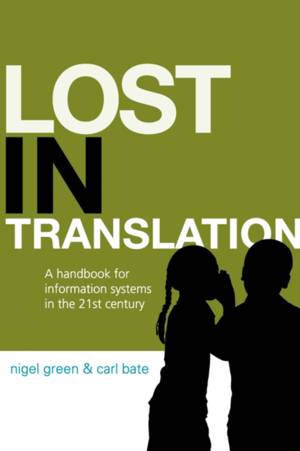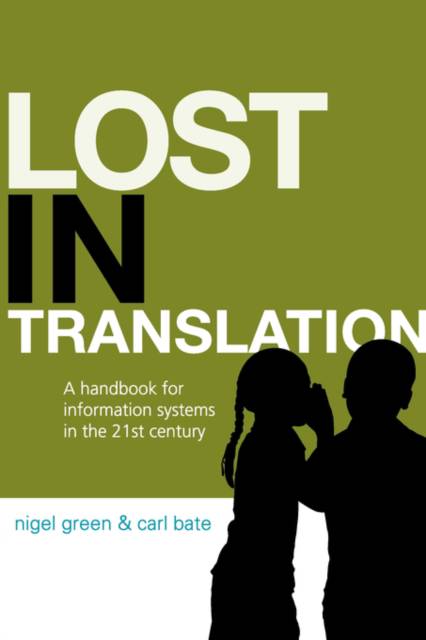
- Afhalen na 1 uur in een winkel met voorraad
- Gratis thuislevering in België vanaf € 30
- Ruim aanbod met 7 miljoen producten
- Afhalen na 1 uur in een winkel met voorraad
- Gratis thuislevering in België vanaf € 30
- Ruim aanbod met 7 miljoen producten
Zoeken
Omschrijving
Do you speak "business" or "IT"? Perhaps you speak a little of both. In today's connected world, where business and IT are fused, chances are that if you're a business or IT executive, or someone working to transform a business, you speak a little of both. But what if there was a "third" language? A common language that was natural for both "business" and "IT," straightforward enough to use, yet sophisticated enough to work in today's connected world? What if such a language only comprised a handful of words? With such a language, the "loss in translation" between the business and IT would happen less, because both would be using the same language. With such a language, business outcomes and transformations would become much more achievable. This handbook describes what this language is-the language of Information Systems for the 21st century.
Specificaties
Betrokkenen
- Auteur(s):
- Uitgeverij:
Inhoud
- Aantal bladzijden:
- 172
- Taal:
- Engels
Eigenschappen
- Productcode (EAN):
- 9780978921842
- Verschijningsdatum:
- 19/11/2007
- Uitvoering:
- Paperback
- Formaat:
- Trade paperback (VS)
- Afmetingen:
- 152 mm x 229 mm
- Gewicht:
- 258 g

Alleen bij Standaard Boekhandel
+ 108 punten op je klantenkaart van Standaard Boekhandel
Beoordelingen
We publiceren alleen reviews die voldoen aan de voorwaarden voor reviews. Bekijk onze voorwaarden voor reviews.











